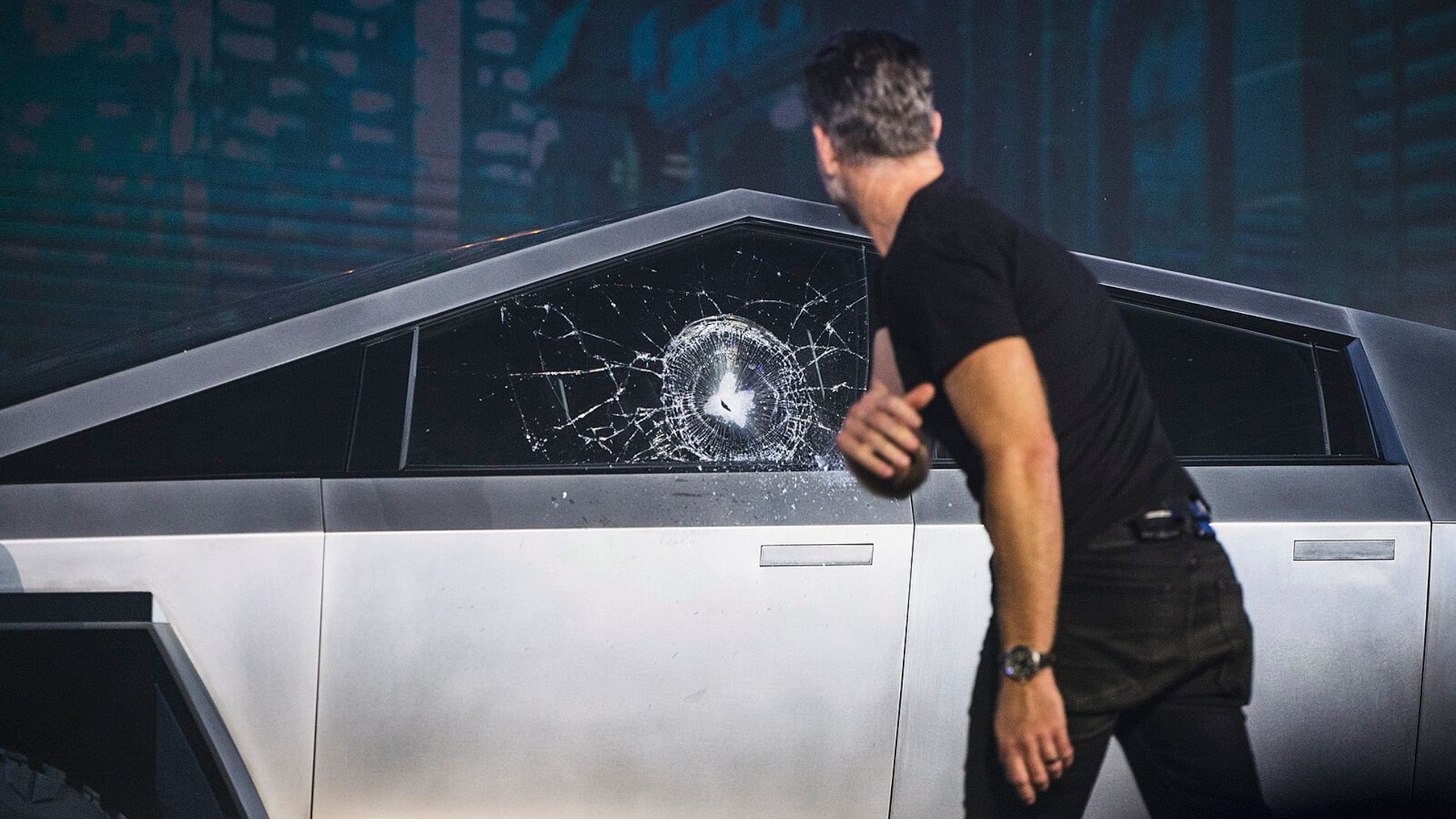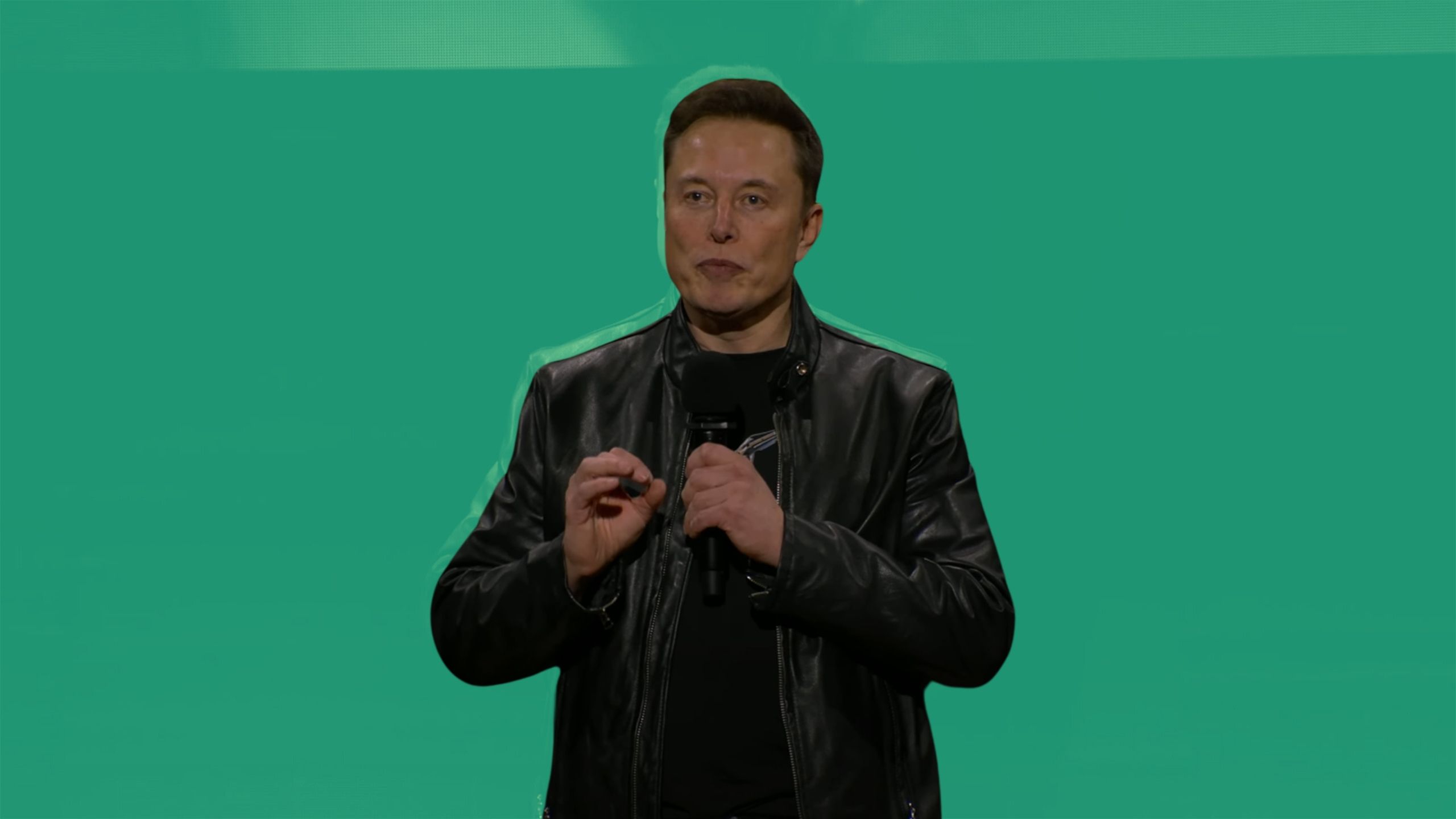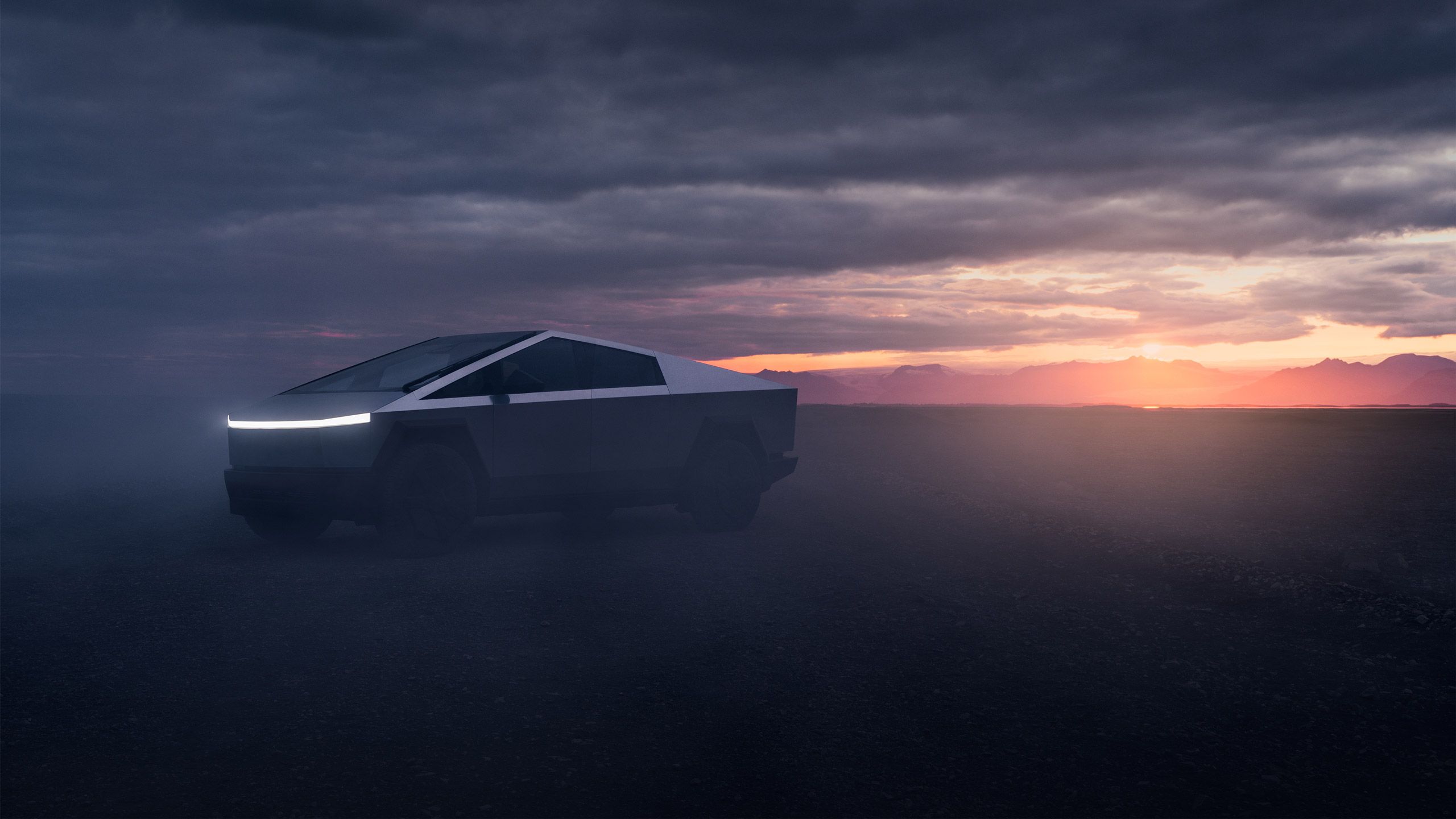Summary
- The Cybertruck is beleaguered by quality control and performance problems, not to mention its association with Elon Musk.
- Sales are down, particularly with the demographics that propelled Tesla to success.
- There’s not much Tesla can do to save the Cybertruck short of a major redesign and forcing Musk out the door.
I realize it’s fashionable to attack Tesla these days — and rightfully so, I’d argue, in relation to Elon Musk — but even if you’re willing to put politics aside for a moment, there are serious concerns about the automaker’s product lineup. Many designs and features have been criticized as lagging behind the competition. An affordable electric vehicle has been postponed in favor of the Cybercab, despite an internal report suggesting it’s likely to be unprofitable. And in China, the company faces tough competition from local automakers, particularly BYD.
The sharpest criticism has been directed at the Cybertruck. Indeed, it’s difficult to see at this point how the product can recover, short of radical changes that Musk is unlikely to make. It’s a shame, really, for a vehicle that initially had a lot of high hopes.
Related
Everything you need to know about PEVs, or personal electric vehicles
You can use PEVs to explore, run errands, or speed up your commute.
The litany of issues
Quality control is just the start
Wikicommons
Though the Cybertruck has been on the road for less than two years, there have already been eight recalls, with more than one of them involving parts falling off. That includes the most recent recall from March 2025, related to a panel around the windshield potentially coming loose and hitting other vehicles. One of the earliest recalls involved part of the accelerator slipping off, potentially wedging itself in the cabin floor — with the chance of getting stuck in full acceleration. Fortunately, this doesn’t seem to have resulted in any real-world accidents or injuries.
These are some serious quality issues for a vehicle meant to be extra tough. And it’s expensive — the cheapest configuration is $69,990, and more likely, you’ll be spending thousands extra. For around the same price, you could be driving a Rivian R1T, and the base trims of the Chevy Silverado EV and Ford F-150 Lightning cost substantially less.
The Cybertruck has long failed to deliver on promises. It was, for example, originally supposed to cost under $40,000 in its base trim, and a top-end tri-motor configuration was expected to deliver over 500 miles (805 kilometers) of range. Today, no trim surpasses 350 miles, and the Range Extender battery pack has been dropped from ordering options. Tesla botched durability claims even prior to launch — we all remember the infamous stage demo in which the truck’s armored glass cracked not once but twice when a metal ball was thrown at it.
The Cybertruck has long failed to deliver on promises.
Post-release, you’ve probably seen videos (or at least heard anecdotes) of Cybertrucks getting stuck in conditions you’d normally expect a high-end truck to escape. In some instances, I suspect that people are overrating the capabilities of other vehicles, but that still doesn’t excuse the performance of a product that can cost as much as a down payment on a house.
Sales are, predictably, falling short. In 2023, Musk predicted that Cybertruck production would scale up to 250,000 units per year by 2025. Instead, the company is expected to churn out about 25,000 units this year, with some of the excess labor being shifted over to the Model Y, according to Business Insider. And this is at the company’s flagship factory in Austin, Texas. I’ve driven past that facility multiple times — that’s a lot of manufacturing capacity to re-purpose.
Most automakers would choose to move on at this point, but Tesla seems stubbornly committed. There’s been no word of a replacement or major overhaul being in the works, despite the Cybertruck’s increasingly tarnished reputation.
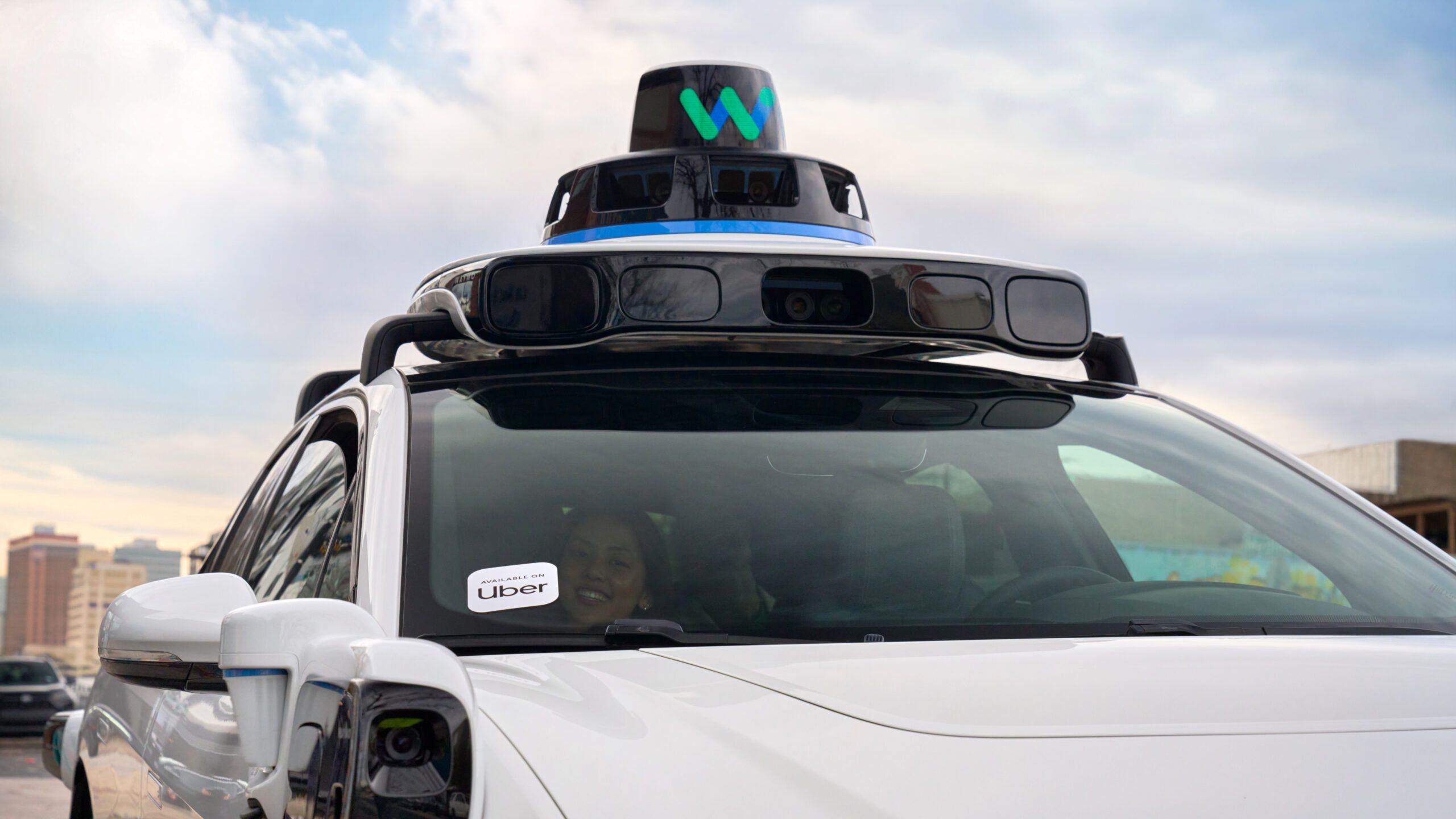
Related
The problem with self-driving cars isn’t safety
Simply getting where you want to go seems to be a bigger issue.
Can Tesla do anything to save the Cybertruck?
Dealing with a stubborn linchpin
Tesla / Pocket-lint
Elon Musk has to go. He won’t want to, of course, since it’s Tesla that helped make him the world’s richest man. But he’s the one who insisted on the Cybertruck taking its current shape, literally and figuratively, and he hasn’t shown any signs of changing direction. CEOs have been forced out for much less.
More importantly, Musk’s politics have become as poisonous to the Cybertruck name as quality control issues. By taking a far-right turn, he’s alienated the liberal, environmentally-conscious shoppers that helped propel Tesla to success. As a gauge, consider this — while overall sales of zero-emission vehicles in California rose 7.3% in the March 2025 quarter (per USA Today), Tesla registrations were down 15%. Chances are, even a pitch-perfect Cybertruck wouldn’t win over people who believe Musk is a threat to democracy and basic government services.
Musk’s politics have become as poisonous to the Cybertruck name as quality control issues.
With or without Musk, the Cybertruck needs a serious redesign. Personally, I enjoy its aesthetics, which remind me of a PlayStation 1 game. But many people don’t, as it turns out, and its angular, stainless-steel panels seem to be behind many of the vehicle’s quality problems. Something a little more conventional would likely appeal to more buyers while being both easier to manufacture and more reliable.
I don’t know how much can be done about the Cybertruck’s specs. Range-wise, even the best modern EVs can barely top 400 miles, so the promise of 500 is probably going to have to wait for solid-state batteries. Tesla could take a crack at making the Cybertruck better at handling snow and ice, yet I can’t say much more than that, since I’m not an engineer. One common suggestion is that Tesla provide better stock tires, even if it reduces range further. There’s not much point to an “all-terrain” vehicle that can’t cope with the same winter conditions as my Hyundai Venue.
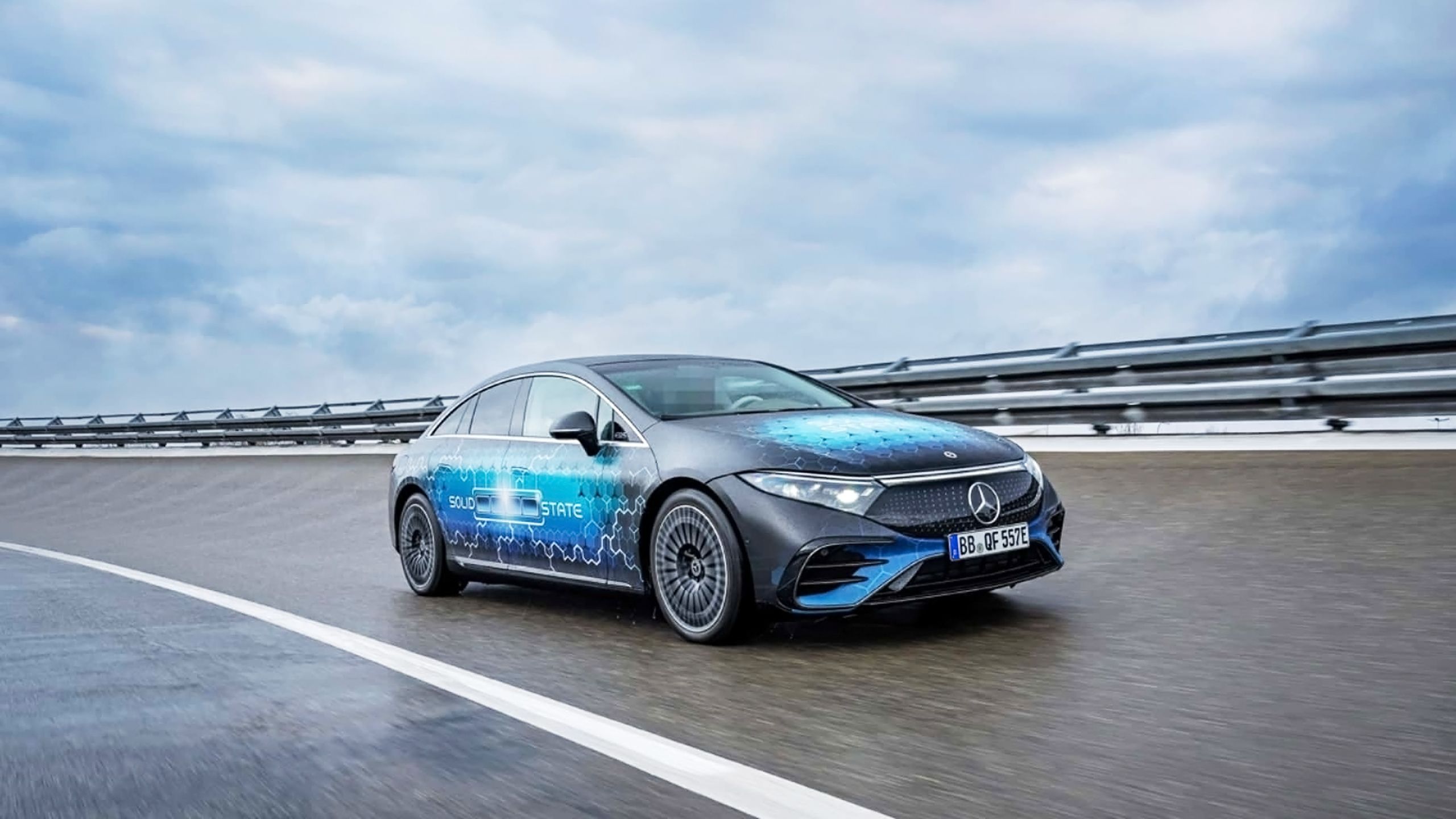
Related
Why solid-state batteries will revolutionize EVs – and why we’re still waiting
They’re on the horizon, but there’s still some distance to go.
A few final thoughts
Where we go from here
Tesla
As I mentioned at the start of this, I honestly feel a little sad about the way the Cybertruck has turned out. It’s a bold experiment, and I appreciate that, given how many cars look and behave like carbon copies. My Venue, for instance, is based on the same platform used by vehicles like the Hyundai Accent and Kia Seltos. The Cybertruck is wholly original — and it had the potential to push the industry forward, especially if it had reached a $40,000 pricetag.
In terms of the future, Tesla will have to continue making business adjustments to cope with declining sales, but I suspect Musk and the Cybertruck will be around for a while longer. In fact, it’s hard to imagine either of them going anywhere until the company reaches a crisis point. Crises do tend to sneak up on businesses, though.
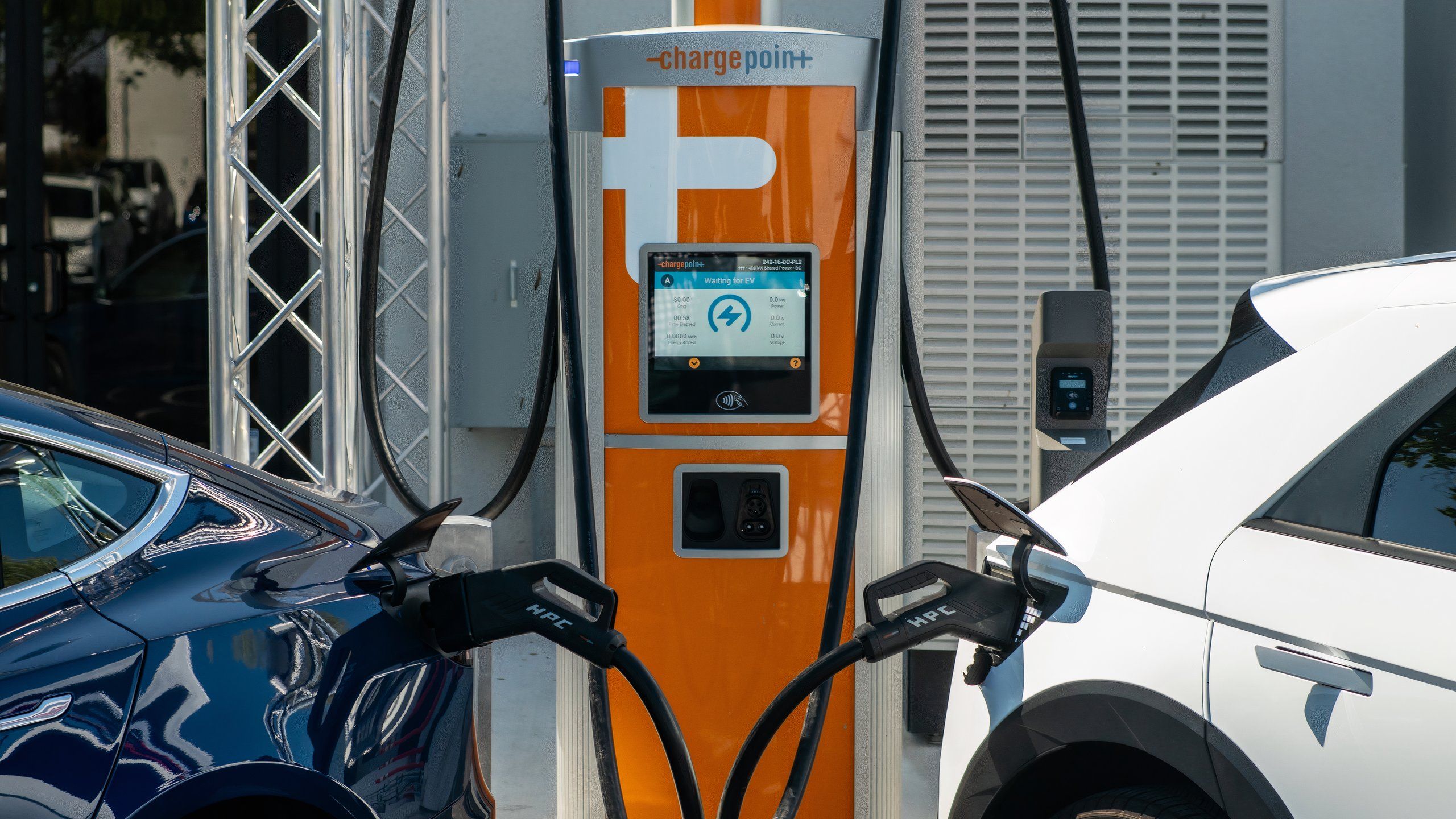
Related
Should you install a home charger for your EV, or use charging stations instead?
It’s always tempting to install an at-home charger, but you shouldn’t do it automatically.
Trending Products

AULA Keyboard, T102 104 Keys Gaming Keyboard and Mouse Combo with RGB Backlit Quiet Laptop Keyboard, All-Steel Panel, Waterproof Gentle Up PC Keyboard, USB Wired Keyboard for MAC Xbox PC Players

Acer Aspire 3 A315-24P-R7VH Slim Laptop computer | 15.6″ Full HD IPS Show | AMD Ryzen 3 7320U Quad-Core Processor | AMD Radeon Graphics | 8GB LPDDR5 | 128GB NVMe SSD | Wi-Fi 6 | Home windows 11 Residence in S Mode

Megaccel MATX PC Case, 6 ARGB Fans Pre-Installed, Type-C Gaming PC Case, 360mm Radiator Support, Tempered Glass Front & Side Panels, Mid Tower Black Micro ATX Computer Case (Not for ATX)

Wireless Keyboard and Mouse Combo, Lovaky 2.4G Full-Sized Ergonomic Keyboard Mouse, 3 DPI Adjustable Cordless USB Keyboard and Mouse, Quiet Click for Computer/Laptop/Windows/Mac (1 Pack, Black)

Lenovo Newest 15.6″ Laptop, Intel Pentium 4-core Processor, 15.6″ FHD Anti-Glare Display, Ethernet Port, HDMI, USB-C, WiFi & Bluetooth, Webcam (Windows 11 Home, 40GB RAM | 1TB SSD)

ASUS RT-AX5400 Twin Band WiFi 6 Extendable Router, Lifetime Web Safety Included, Immediate Guard, Superior Parental Controls, Constructed-in VPN, AiMesh Appropriate, Gaming & Streaming, Sensible Dwelling

AOC 22B2HM2 22″ Full HD (1920 x 1080) 100Hz LED Monitor, Adaptive Sync, VGA x1, HDMI x1, Flicker-Free, Low Blue Mild, HDR Prepared, VESA, Tilt Modify, Earphone Out, Eco-Pleasant

Logitech MK540 Superior Wi-fi Keyboard and Mouse Combo for Home windows, 2.4 GHz Unifying USB-Receiver, Multimedia Hotkeys, 3-12 months Battery Life, for PC, Laptop computer


